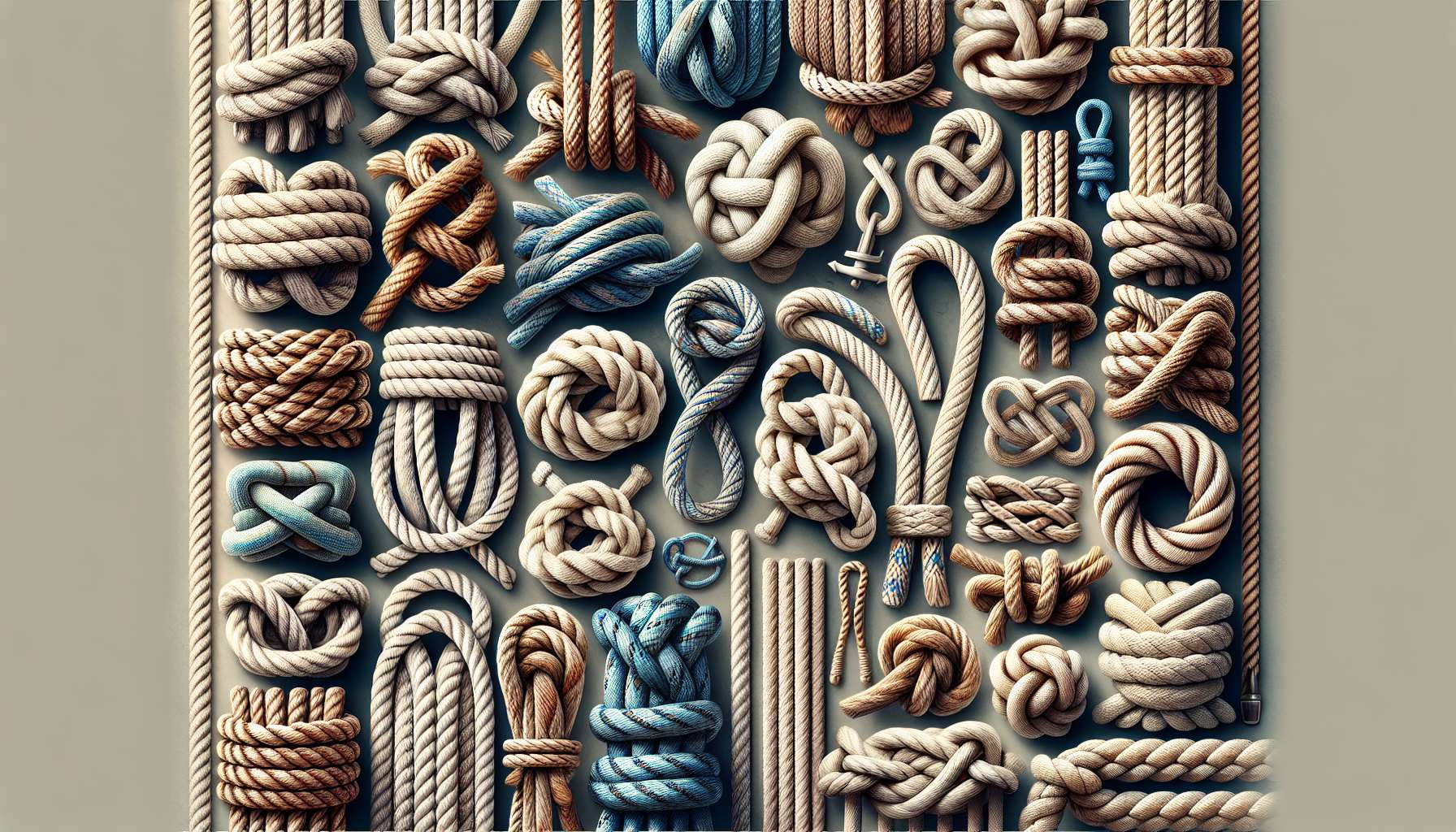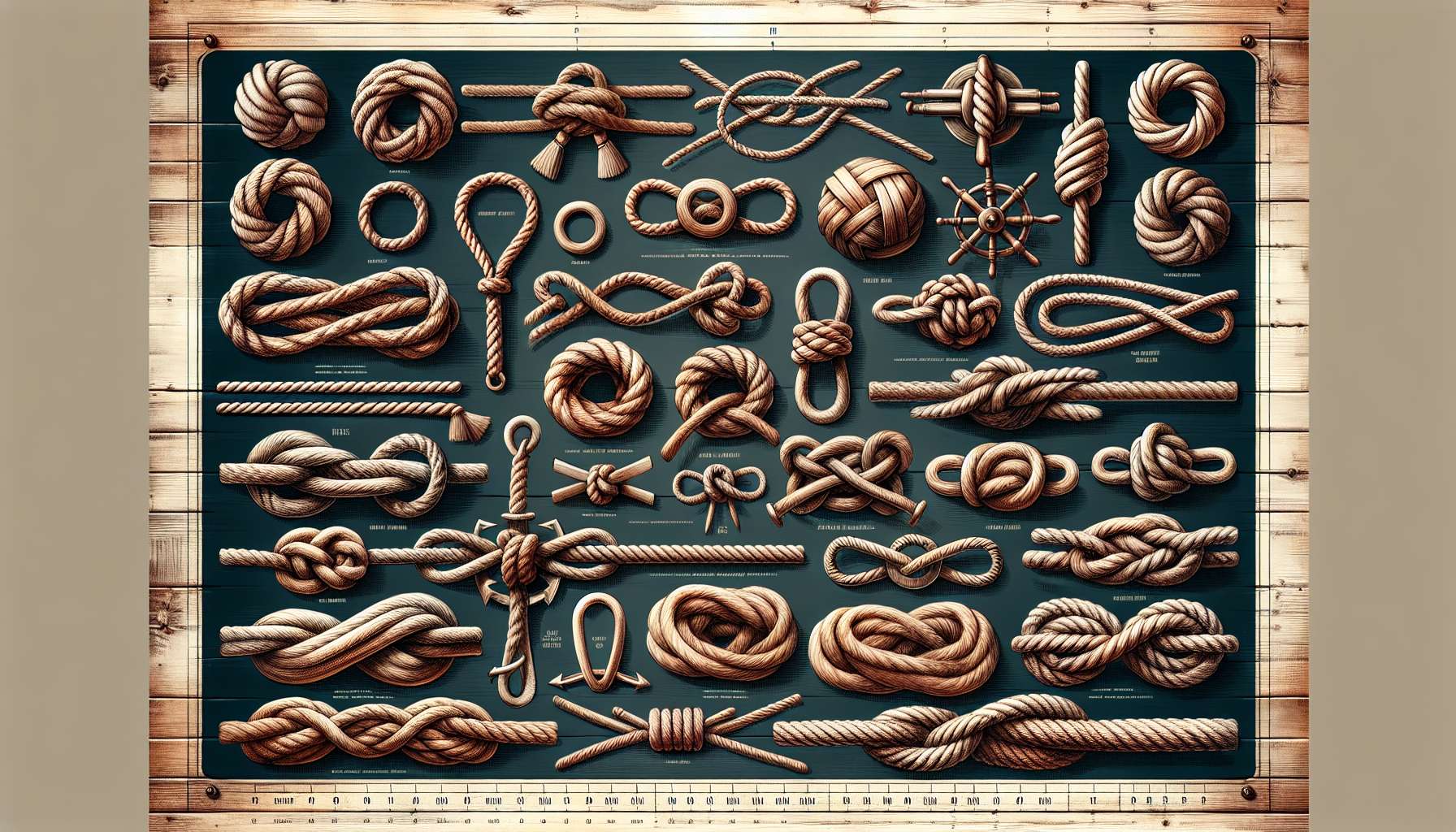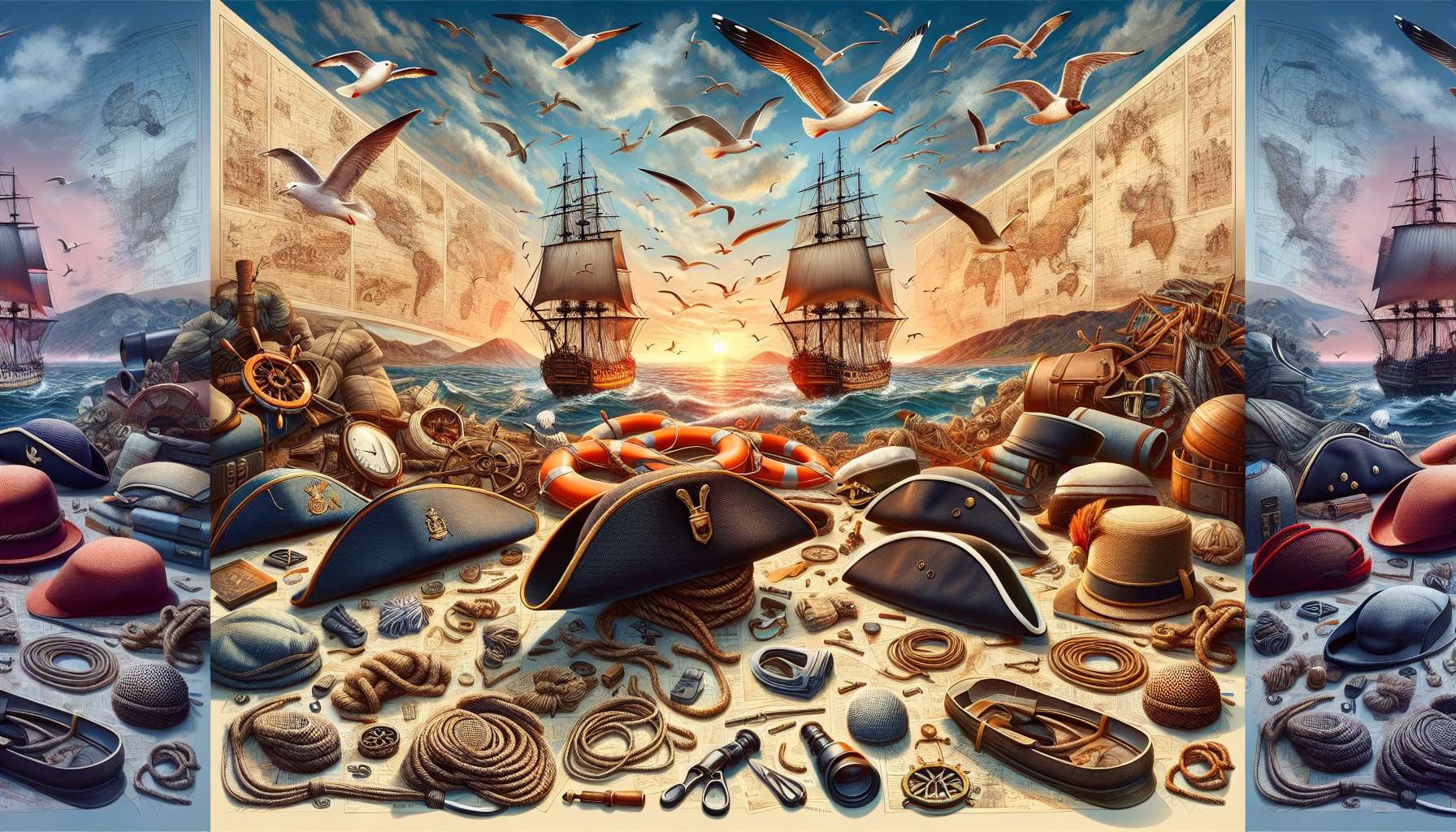Sailing Knots: A Comprehensive Guide
Sailing knots are an essential part of any sailor’s toolkit. From securing lines to tying down sails, these knots play a crucial role in ensuring the safety and efficiency of a sailing vessel. But beyond their practical utility, sailing knots also hold a rich history and cultural significance. In this comprehensive guide, we will delve deep into the world of sailing knots, exploring their origins, various types, applications, and much more. So, grab a rope and get ready to unravel the fascinating world of sailing knots!
The Art of Knot-tying
Before we dive into the specifics of sailing knots, let’s take a moment to appreciate the art of knot-tying itself. Knot-tying is a skill that has been practiced for centuries, with sailors, fishermen, and craftsmen honing their techniques to create strong and reliable knots. The ability to tie different types of knots is not only practical but also symbolic of craftsmanship and attention to detail.
From simple knots used in everyday life to complex knots employed in specialized fields like sailing, knot-tying is a versatile skill that can be both practical and decorative. Knot enthusiasts often take pride in mastering various knot-tying techniques, showcasing their creations as a form of art.
The History of Sailing Knots
The history of sailing knots dates back to ancient times when seafaring civilizations relied on ropes and knots to navigate the seas. Knot-tying was crucial for securing sails, rigging, and cargo, ensuring that everything stayed in place even in the roughest of waters.
One of the earliest known references to sailing knots can be found in ancient Egyptian hieroglyphics, depicting sailors using elaborate knots to secure their vessels. Over time, different cultures developed their own unique knot-tying techniques, creating a diverse range of knots tailored to specific purposes.
During the Age of Exploration, sailing knots played a pivotal role in the success of voyages to uncharted territories. Sailors had to rely on their knot-tying skills to navigate treacherous waters, battle fierce storms, and ensure the safety of their crew and cargo.
Types of Sailing Knots
There are countless types of sailing knots, each designed for a specific purpose. From securing a line to tying a hitch, sailors have a wide array of knots at their disposal. Here are some of the most commonly used sailing knots:
1. Square Knot
The square knot, also known as the reef knot, is one of the most basic and versatile knots used in sailing. It is commonly used for joining two ropes of equal diameter and is easy to tie and untie. The square knot is often used for securing bandages, packages, and sails.

2. Bowline Knot
The bowline knot is a popular knot used in sailing for creating a secure loop at the end of a rope. It is known for its strength and reliability, making it ideal for attaching a line to a sail or securing a boat to a dock. The bowline knot is often referred to as the “king of knots” due to its versatility and ease of tying.

3. Clove Hitch
The clove hitch is a quick and simple knot used for securing a rope to a pole or post. It is often used in sailing to secure fenders, dock lines, and other equipment to the boat. The clove hitch is easy to tie and untie, making it a convenient choice for temporary attachments.

4. Figure-Eight Knot
The figure-eight knot, also known as the stopper knot, is used to prevent a rope from slipping through a hole or pulley. It is commonly used in sailing to secure the end of a line or create a stopper knot at the end of a splice. The figure-eight knot is easy to tie and provides a secure stopper for ropes of all sizes.

5. Sheet Bend
The sheet bend is a versatile knot used for joining two ropes of different diameters. It is commonly used in sailing to extend the length of a line or create a loop in a line. The sheet bend is strong and secure, making it ideal for connecting ropes of varying thickness.

Applications of Sailing Knots
Sailing knots are used in a wide range of applications on a sailing vessel. From securing sails to mooring the boat, these knots play a crucial role in the day-to-day operations of a sailor. Here are some common applications of sailing knots:
1. Securing Sails
One of the primary uses of sailing knots is to secure sails to the rigging of a boat. Different knots are used depending on the type of sail and the desired tension. Properly securing the sails is crucial for maintaining control and speed while sailing.
2. Mooring the Boat
When docking the boat, sailors rely on various knots to secure the vessel to a dock or mooring buoy. The choice of knot depends on the type of cleats and bollards available, as well as the size and weight of the boat. Secure mooring knots are essential for preventing the boat from drifting or coming loose in rough weather.
3. Tying Down Equipment
Sailors use knots to secure equipment, supplies, and gear on board the boat. From tying down sails to securing lines and fenders, knots are essential for keeping everything in its place during a voyage. Properly tied knots ensure that equipment stays secure even in turbulent waters.
4. Rescue Operations
Sailing knots are also used in rescue operations to secure lines, create makeshift harnesses, and assist in the retrieval of crew members or passengers. Knot-tying skills are crucial in emergency situations where quick thinking and precise actions can mean the difference between life and death.
5. Decorative Knotwork
Aside from their practical applications, sailing knots are also used for decorative purposes. Knot enthusiasts often create intricate designs and patterns using different types of knots, showcasing their creativity and skill. Decorative knotwork can be found on sails, rigging, and various nautical items, adding a touch of elegance and artistry to the sailing world.
Expert Opinions
According to renowned sailor and knot expert, John Smith, “Sailing knots are the backbone of seamanship. Mastering the art of knot-tying is essential for any sailor, whether you’re a novice or a seasoned veteran. The right knot at the right time can make all the difference in a successful voyage.”
Common Misconceptions
One common misconception about sailing knots is that they are all difficult to learn and tie. While some knots may be more complex than others, many basic sailing knots are easy to master with practice and patience. By starting with simple knots and gradually progressing to more advanced ones, sailors can build their confidence and skills in knot-tying.
Comparative Analysis
When comparing different types of sailing knots, it’s important to consider factors such as strength, security, ease of tying, and versatility. Some knots may be better suited for specific tasks, while others may have a broader range of applications. By understanding the strengths and weaknesses of each knot, sailors can choose the right knot for the right job.
Conclusion
To wrap things up, sailing knots are a fundamental aspect of seamanship, with a rich history and diverse range of applications. Whether you’re a novice sailor or an experienced seafarer, mastering the art of knot-tying is essential for safe and successful voyages. From securing sails to mooring the boat, sailing knots play a crucial role in the daily operations of a sailor. So, next time you’re out on the water, take a moment to appreciate the beauty and utility of sailing knots!




